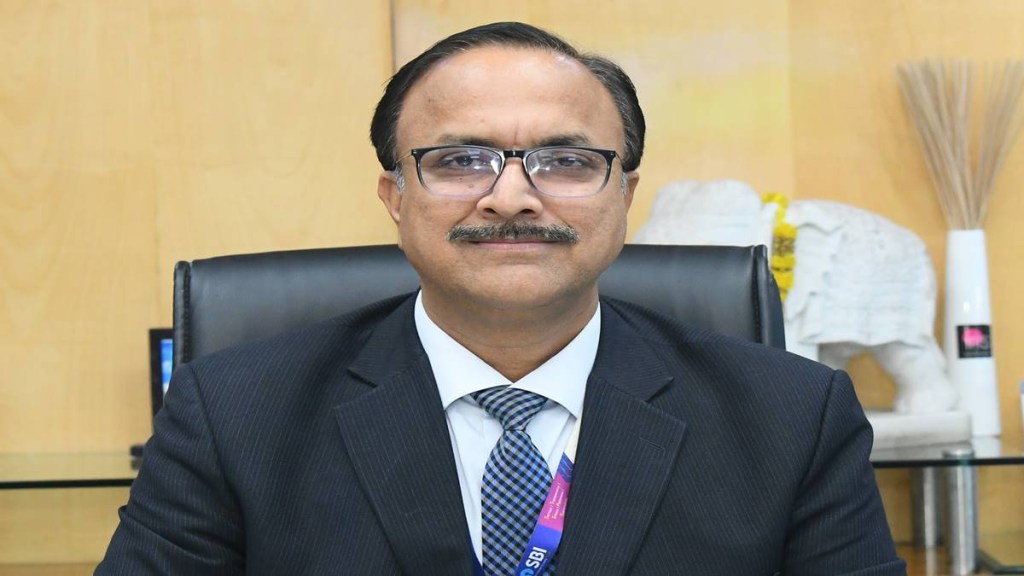Goal-based investing is a win-win for investors and fund houses as it prevents investors from redeeming for short-term needs, says Shamsher Singh, MD & CEO of SBI Funds Management. In an interview to Siddhant Mishra, Singh says SBI MF has the ability to service 95% of pin codes in India, and will only get better thanks to technology. Edited excerpts:
What is the AUM level you are targeting in the next five years?
The industry has witnessed robust growth over the years in line with the economy and markets, so rather than an AUM target, I would like SBI Mutual Fund’s market share in the MF industry to be commensurate with State Bank of India’s market share in the banking industry.
SBI MF has managed to double its market share in the last five years. What has supported this growth?
This has been possible due to the persistent efforts of our employees, distribution partners, and, of course, the trust of millions of investors. Our approach to present MFs as solutions for goals has helped us get the mindshare of a lot of new investors, and the thousands of savers who want to start investing. Finally, many of our schemes have shown consistent performance over various time periods, creating wealth for our investors.
How is SBI MF planning to popularise goal-based schemes?
Goal-based offerings are a win-win solution for investors and fund houses. Any other scheme, if not tagged specifically for a goal, could get redeemed for a discretionary/short-term goal. However, if it is for a long-term goal like retirement, then mental accounting takes over one’s decisions and will prevent them from making hasty decisions.
Today, planning for retirement and a child’s aspirations rank high among priorities for investors. Retirement and children’s solution-oriented mutual funds can help plan these well, with sub-plans having a mix of equity and debt. These allow one to plan and invest depending on their need. The lock-in ensures there is a commitment to staying invested for the goal.
Industry is seeing the entry of new players, focusing on passive schemes. How do you plan to change your strategy going ahead?
The MF industry as a percentage of GDP is still a small number when you compare it to our global peers, so there is more than enough scope for all players to grow. The `100-trillion MF opportunity is a pit stop in the journey of MFs.
As a fund house, we believe that if we continue to provide solutions for every financial goal, a seamless investing experience (branch, digital, or distribution channels) and better risk-adjusted returns over the long term, we will continue to be in a good position regardless of newer players entering the industry.
Will you be increasing focus on smaller cities and towns?
The potential in these locations is huge as the benefits of a growing economy reach beyond metro cities. I think we are on the right track, with constant improvement in our digital enablers as well as simplified communication of MFs and offerings in regional languages.
In addition, investors have the option of walking into any of our SBI Mutual Fund branches in over 260 locations, and the vast network of over 22,000 SBI branches for any of their investing needs. Today, we have the ability to serve over 95% of the pin codes in the country. We aim to take asset management products to every Indian.
How do you see the role of technology and impact of the same on the distributor model?
Digitalisation has had a significant impact and presents an opportunity for all. Our digital presence extends far beyond our website and app, like chat and voice-based bots, and our API stack is open to anyone interested and qualified in selling MFs.
The financial services industry, on the whole, saw a transformation during the pandemic with faster customer adoption of digital tools. This led to more investments getting class-leading digital enablers — by both AMCs and distributors — aimed at providing seamless user experience.
However, many investors still value human interaction and seek personalised investment advice, while digitisation is an enabler to eliminate paperwork, streamline operations, and offer personalised guidance to clients with customised information on their screens. It is a win-win for sure for all involved and will only grow over time.

